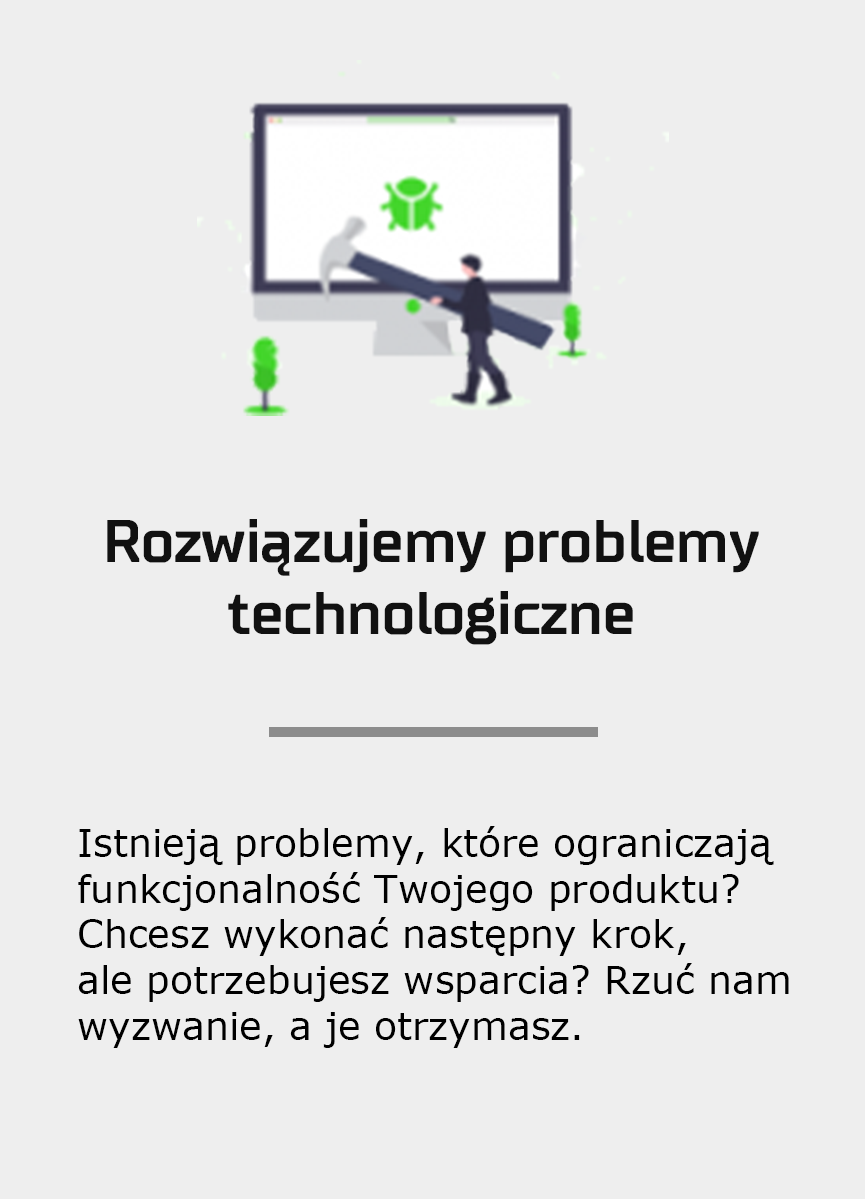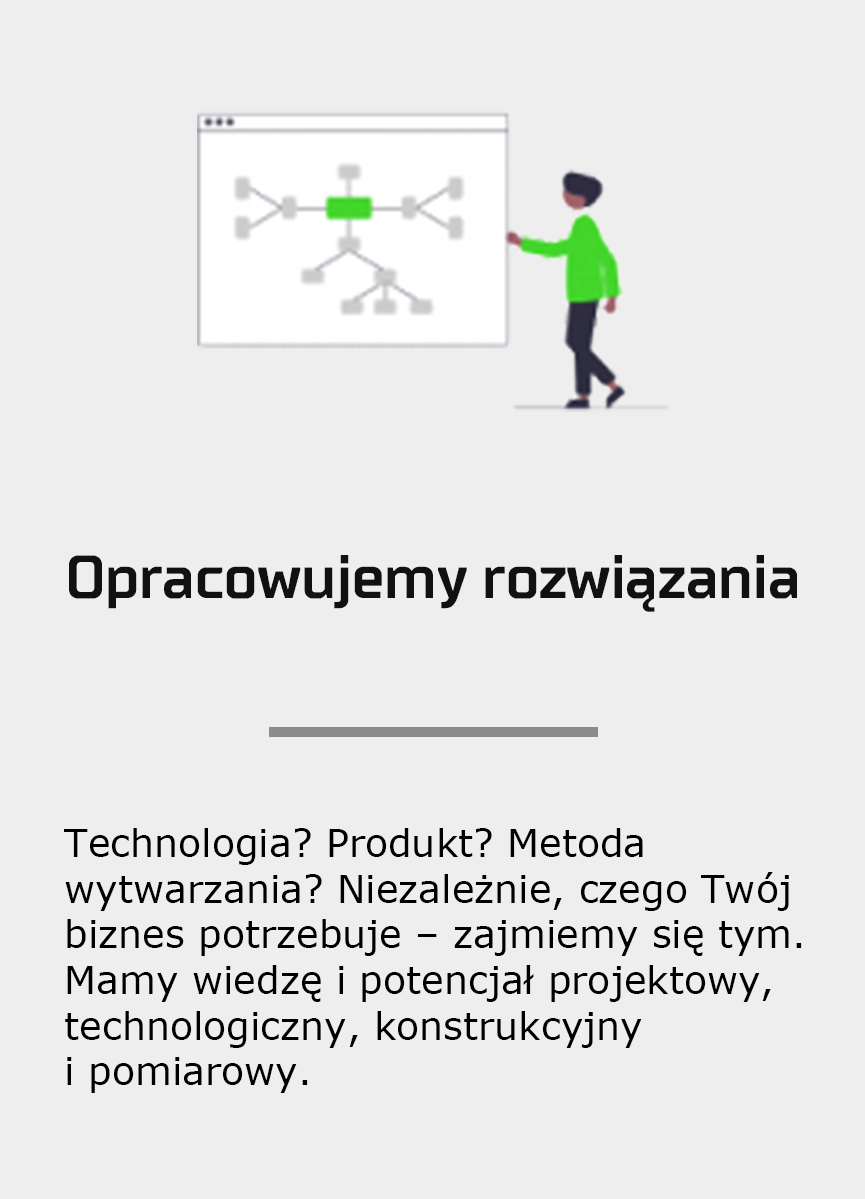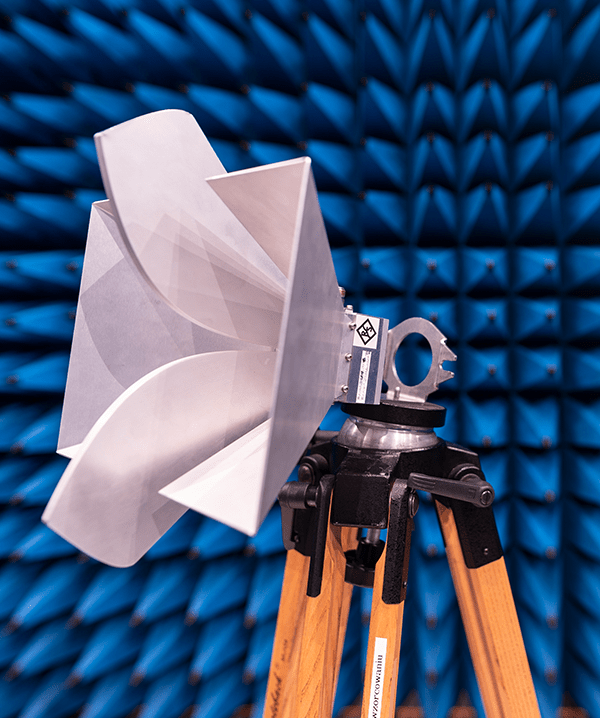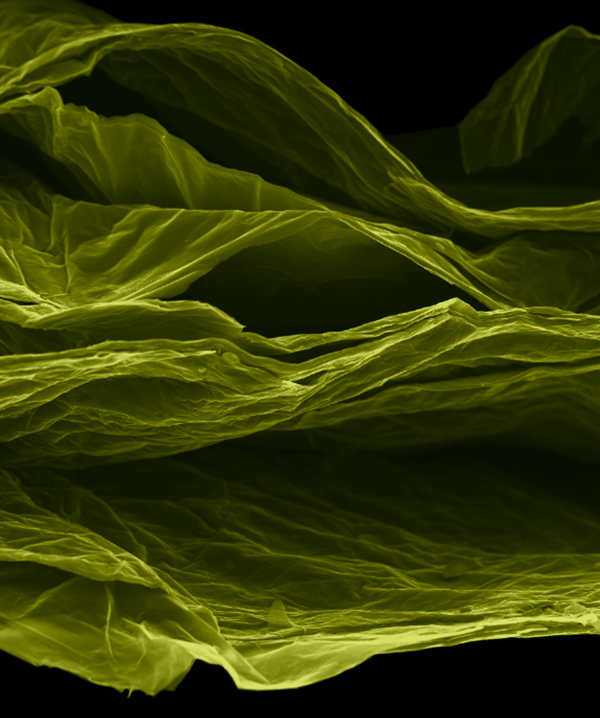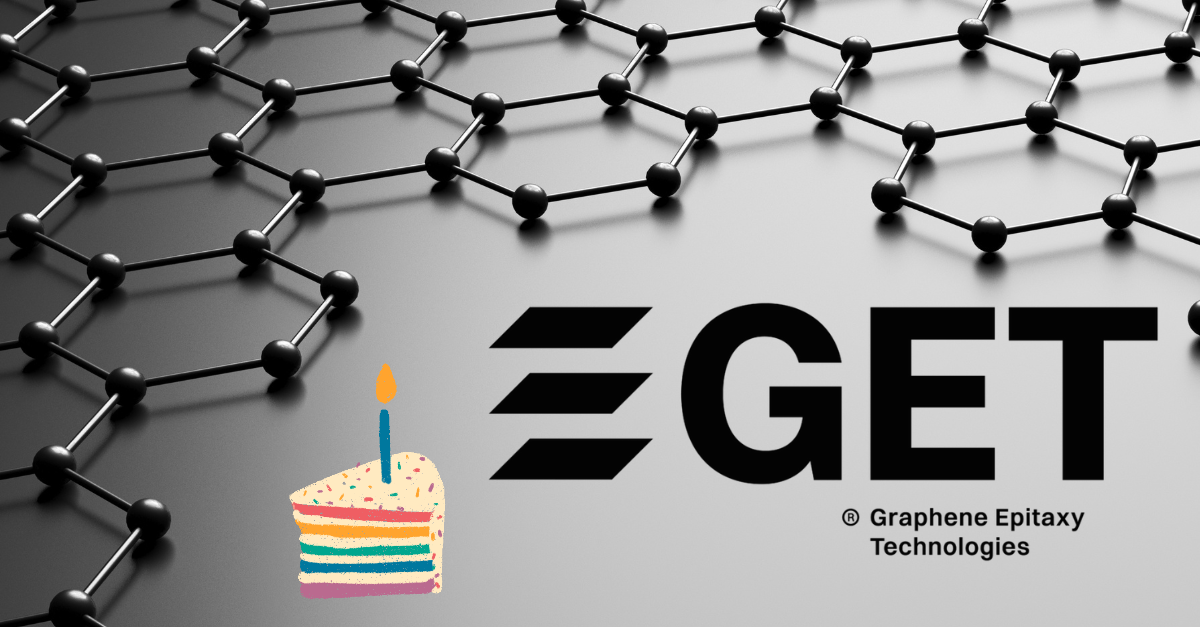What can we do for you?
What can we do for you?
Strategic market areas
Łukasiewicz – IMiF delivers innovative solutions for business, industry, economy and society.
Microelectronics and photonics are the foundation of industry, economy, even of civilization itself in the 21st century, while the digitization in which we all play an active role is the foundation of smart integration of business processes, things, factories, components and people – and is key to success in the future.
Strategic market areas
Łukasiewicz – IMiF delivers innovative solutions for business, industry, economy and society.
Microelectronics and photonics are the foundation of industry, economy, even of civilization itself in the 21st century, while the digitization in which we all play an active role is the foundation of smart integration of business processes, things, factories, components and people – and is key to success in the future.
Popular products
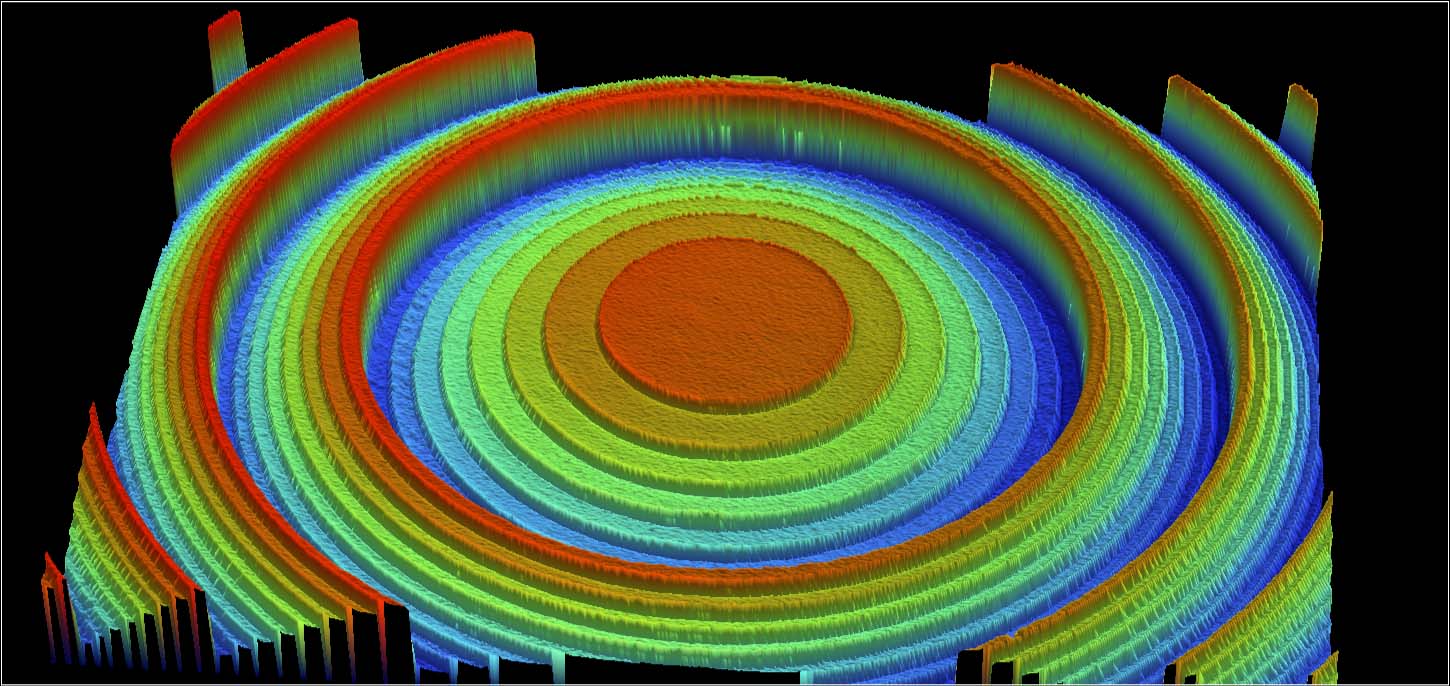
Diffractive optical elements

Reduced graphene oxide (G-Flake®)
We develop ready-to-market products
Our project portfolio comprises hydrogen technologies, epitaxial graphene, graphene flakes, silicon carbide power instruments, high-frequency gallium nitride power instruments, crystals, lasers, white-light sources, chromium masks and diffraction elements. We also develop modern fibre optic and micro-optic technologies and various types of sensors for effective data acquisition and transmission – critical for many Industry 4.0 sectors.
Our partners
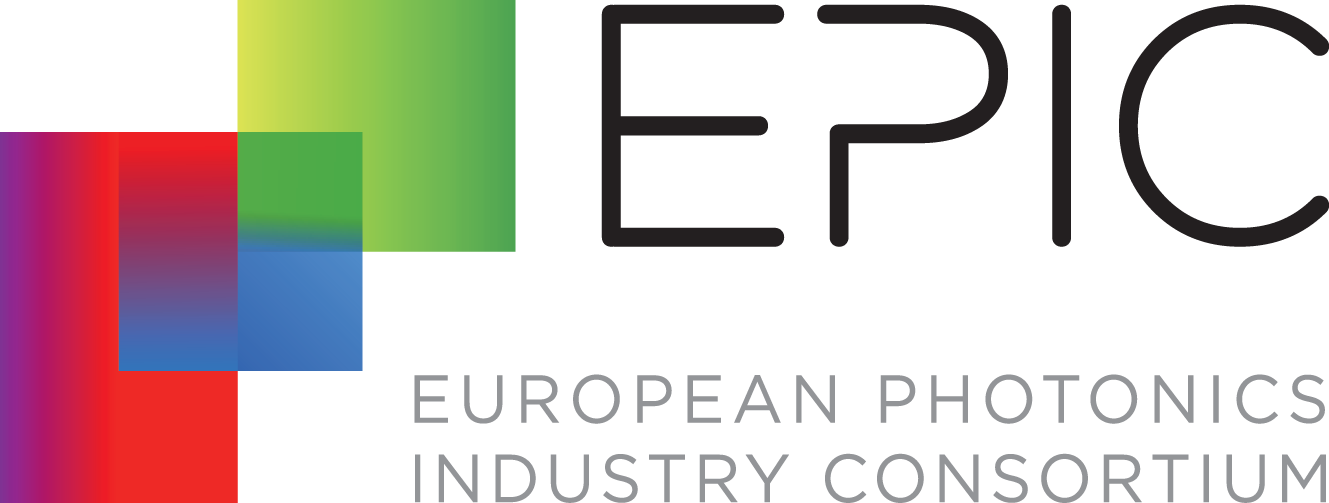




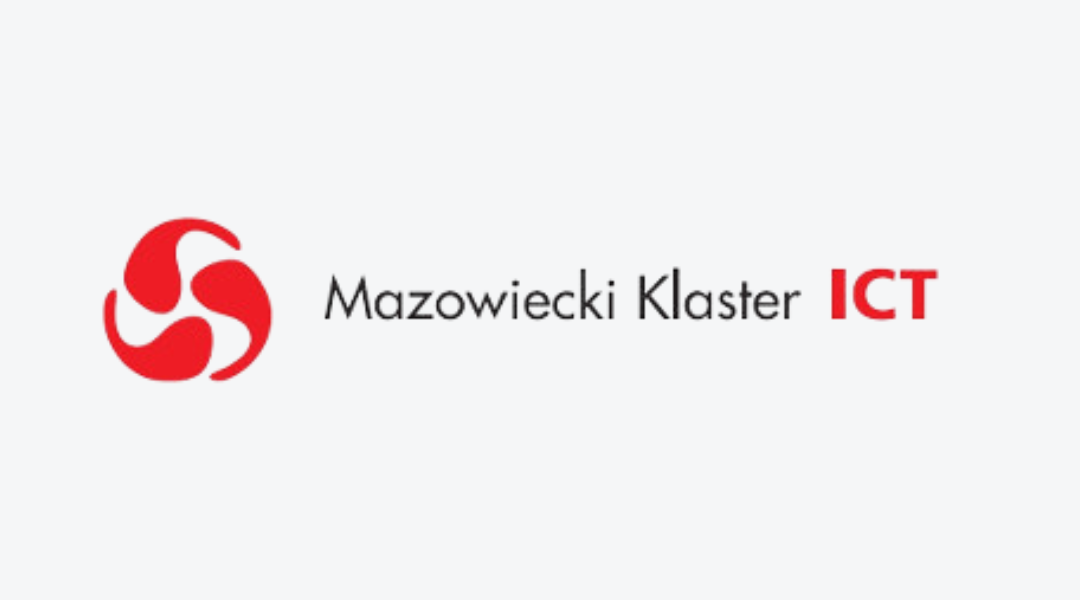

What can Łukasiewicz – Institute of Microelectronics and Photonics do for you?
At Łukasiewicz – IMiF, we research and produce materials for both photonics and microelectronics.
Photonic technologies
Photonics are solutions that use light, i.e. photons and electromagnetic waves. (Optical fibers or infrared emitting devices such as lasers or light detectors – that’s us!). These lasers are used in all kinds of sensors; did you know that they are the ones that can tell us just by analysing exhaled air whether a person suffers from… diabetes?
“When it comes to lasers emitting infrared radiation – the so-called quantum cascade lasers – we belong to a group of leading laboratories in the world (…) In addition to scientific successes, we also have successes in the form of specific applications of our lasers in devices, including: for detecting trace amounts of pollutants and gases in alarm and signaling devices,” says Prof. Maciej Bugajski.
Applications of photonics include fields such as telecommunications, medicine, industry, life sciences, and even renewable energy.
Microelectronic technologies
However, in the case of microelectronics – our researchers develop microelectronic systems (i.e. on a micro scale, with dimensions at the micrometer level*, *a micrometer is a unit equal to one-thousandth of a millimeter) that are used in electronics. Example? Integrated circuits in computers.
Microelectronic and photonic technologies do not exist without advanced material engineering. Examples of materials created in our laboratories include gallium nitride, graphene, and silicon carbide. They have properties desired in electronics, such as electrical conductivity, insulation, chemical stability, mechanical resistance, etc. Thanks to this, electronic devices (i.e. final products based on our microelectronic components) are safe, and resistant to overheating, in other words – as reliable as possible.
Due to the development of technology, we are getting closer to perfection – soon devices will not only charge extremely quickly, but they will be even more miniaturized, more efficient, etc.
Moreover, microelectronics is also a key field in the development of modern technologies such as the Internet of Things (IoT), all types of portable devices, quantum computers, and many others. Its development allows the creation of increasingly advanced and efficient electronic devices. Did you know that our researchers are currently working, among others, on a solution that enables the conversion of waste energy into electricity?
*
As you can see, photonics and microelectronics are potentially an endless sea of possibilities. Both fields of science provide technologies for the electronics, energy, aerospace, defense, space, automotive, medical, and more industries.
Our partners




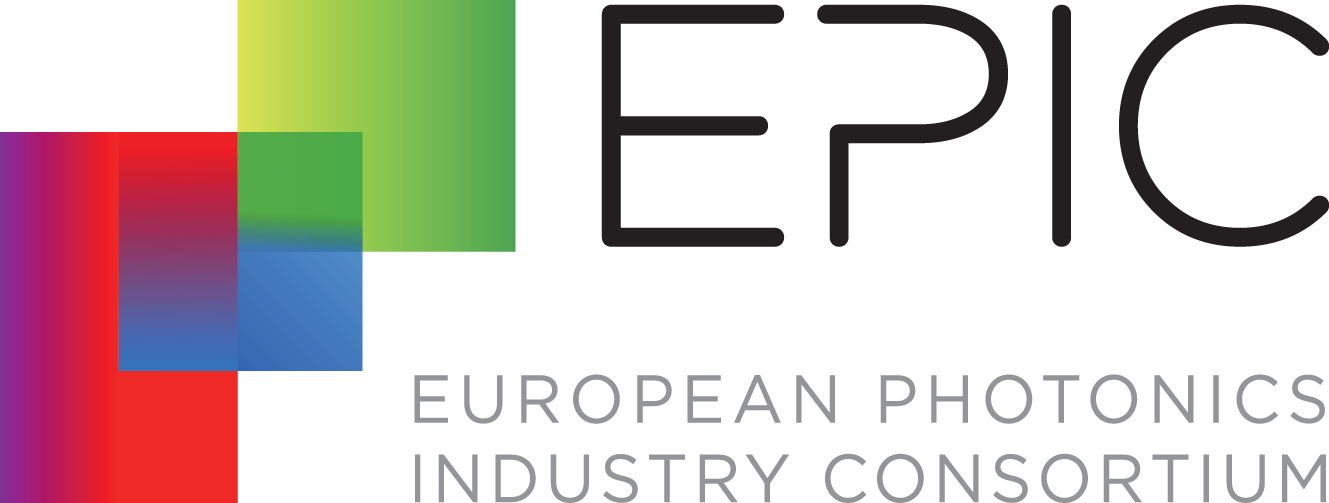


What can Łukasiewicz – Institute of Microelectronics and Photonics do for you?
At Łukasiewicz – IMiF, we research and produce materials for both photonics and microelectronics.
Photonic technologies
Photonics are solutions that use light, i.e. photons and electromagnetic waves. (Optical fibers or infrared emitting devices such as lasers or light detectors – that’s us!). These lasers are used in all kinds of sensors; did you know that they are the ones that can tell us just by analysing exhaled air whether a person suffers from… diabetes?
“When it comes to lasers emitting infrared radiation – the so-called quantum cascade lasers – we belong to a group of leading laboratories in the world (…) In addition to scientific successes, we also have successes in the form of specific applications of our lasers in devices, including: for detecting trace amounts of pollutants and gases in alarm and signaling devices,” says Prof. Maciej Bugajski.
Applications of photonics include fields such as telecommunications, medicine, industry, life sciences, and even renewable energy.
Microelectronic technologies
However, in the case of microelectronics – our researchers develop microelectronic systems (i.e. on a micro scale, with dimensions at the micrometer level*, *a micrometer is a unit equal to one-thousandth of a millimeter) that are used in electronics. Example? Integrated circuits in computers.
Microelectronic and photonic technologies do not exist without advanced material engineering. Examples of materials created in our laboratories include gallium nitride, graphene, and silicon carbide. They have properties desired in electronics, such as electrical conductivity, insulation, chemical stability, mechanical resistance, etc. Thanks to this, electronic devices (i.e. final products based on our microelectronic components) are safe, and resistant to overheating, in other words – as reliable as possible.
Due to the development of technology, we are getting closer to perfection – soon devices will not only charge extremely quickly, but they will be even more miniaturized, more efficient, etc.
Moreover, microelectronics is also a key field in the development of modern technologies such as the Internet of Things (IoT), all types of portable devices, quantum computers, and many others. Its development allows the creation of increasingly advanced and efficient electronic devices. Did you know that our researchers are currently working, among others, on a solution that enables the conversion of waste energy into electricity?
*
As you can see, photonics and microelectronics are potentially an endless sea of possibilities. Both fields of science provide technologies for the electronics, energy, aerospace, defense, space, automotive, medical, and more industries.




